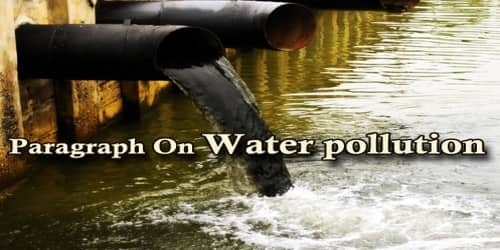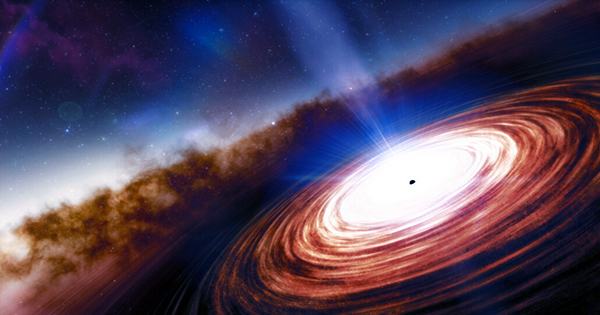Water is an integral part of our life. It is essential for the survival of all the species on earth. It helps in maintaining the ecological balance of our planet. All of our daily activities need water such as bathing, cooking, drinking, etc. And so to ensure smooth functioning of our daily lives, availability of clean water is essential. “Water pollution” generally occurs as a result of waste discharged by industries, residential areas, and mining activities. The biological waste such as bacteria and fungi get mixed with water from domestic sewage discharge. A large part of water pollutants come from giant industries which do not treat the wastewater whereas a major part of the nutrient waste comes from agricultural fields which use pesticides in excess amounts.
As the pollutants enter the water, they make it capable of inducing diseases, harming aquatic and human life, disturbing food chains, etc. All of these consequences collectively will directly lead to the disruption of life on earth as all the components of the environment including us are dependent on each other. The extent of damage from the consumption of polluted water depends upon the composition of that water and the effects can range from minor stomach ache to genetic disorders and other carcinogenic effects.
Types of Water Pollutants: There are three kinds of water pollutants namely biological, radiological and chemical.
Here is a brief look at each of these:
- Biological Pollutants – This category includes pollutants such as micro-organisms, bacteria, fungi, and other bio-organisms which in higher concentration can prove lethal. These are capable of spreading water-borne diseases in humans and livestock.
- Radioactive Pollutants – The presence of radioactive elements in water is termed as radioactive contaminants. This radioactive waste is capable of more harmful consequences such as genetic disorders in a person who accidentally consumes this water.
- Chemical Pollutants – These pollutants may be organic or inorganic and are generally a result of the industrial discharge. These include heavy metals such as lead and pesticides and herbicides from agricultural fields.
Water treatment is the process of eliminating radiological, chemical and biological contaminants from water and making it fit for human use. The various methods used for the purification of water for domestic uses are desalination, reverse-osmosis, zeolite method, ion-exchange method, and de-chlorination among others. Majority of water treatment methods use the principles of chemistry in working. The treatment of industrial wastewater involves different technique than that employed for domestic. The methods used are brine treatment, API separators (used in separation of oil and water), trickling, filter process, etc.
So, the above stated are various consequences of water pollution. The extent and intensity of the harm caused by these pollutants largely depend upon their concentration in a particular sample. This issue needs rapt attention from the governmental authorities, the citizens and the technical minds capable of eradicating the consequences to some extent.
















